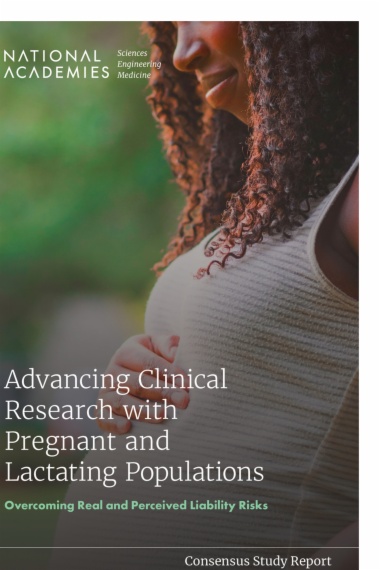In this most authoritative study of Nobel Prize winner, Grazia Deledda, Professor Aste sheds new light on the life an work of the famed Sardinian writer. A scrupulous analysis of the socio-linguistic, cultural, literary and philosophical dimensions of Deledda and Sardinian traditions makes this the best and most complete work ever written on Deledda.
- Cover
- Table of Contents
- Preface
- Introduction
- Chapter I — Early Literary Experiences
- a. Sardinian Literature
- b. Ethnographie Writings
- c. Lyrical Experience
- Chapter II — Elemental Themes and Characterization in Deledda
- a. Banditry
- b. Landscape and Nature
- c. Psychological Conflicts
- Chapter III — The Problem of "Religiosity" in Deledda
- a. Primitive Religion
- b. Religiosity
- c. Ethics and Evil
- Conclusion
- Bibliography

